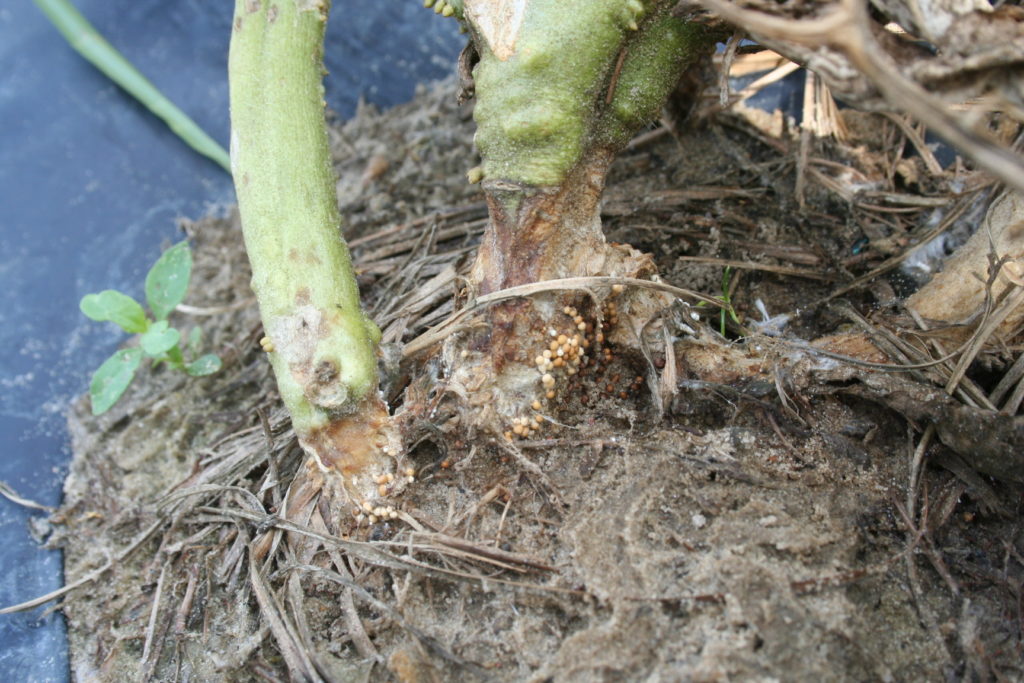
A joint research project between scientists at the University of Georgia and Clemson University has deduced that grafting reduces southern blight disease on tomatoes by 83%.
According to the The South Carolina Grower, grafting reduced the percentage of diseased plants from 44% on nongrafted ‘Roadster’ varieties to 7% on ‘Roadster’ grafted on ‘Maxifort’ rootstock in a 2021 trial in Charleston, SC. Marketable weight improved by 71% on the grafted plants.
The increased yield was mostly in the extra-large red and pink fruit categories. This was based on weights of fruits from eight plants per plot.
For those producers unsure about grafting, the ‘BHN 602’ variety was somewhat tolerant to southern blight. Although it was nongrafted, ‘BHN 602’ had 33% diseased plants by the end of the season. Its marketable weight did not significantly decrease compared to grafted plants.
See trihishtil.com or vegetablegrafting.org for more information about grafted tomatoes. Grafted plants need to be ordered 60 days before delivery. Click here to learn about southern blight’s impact in tomatoes.









